10 Common Mistakes People Make When Cooking Pork
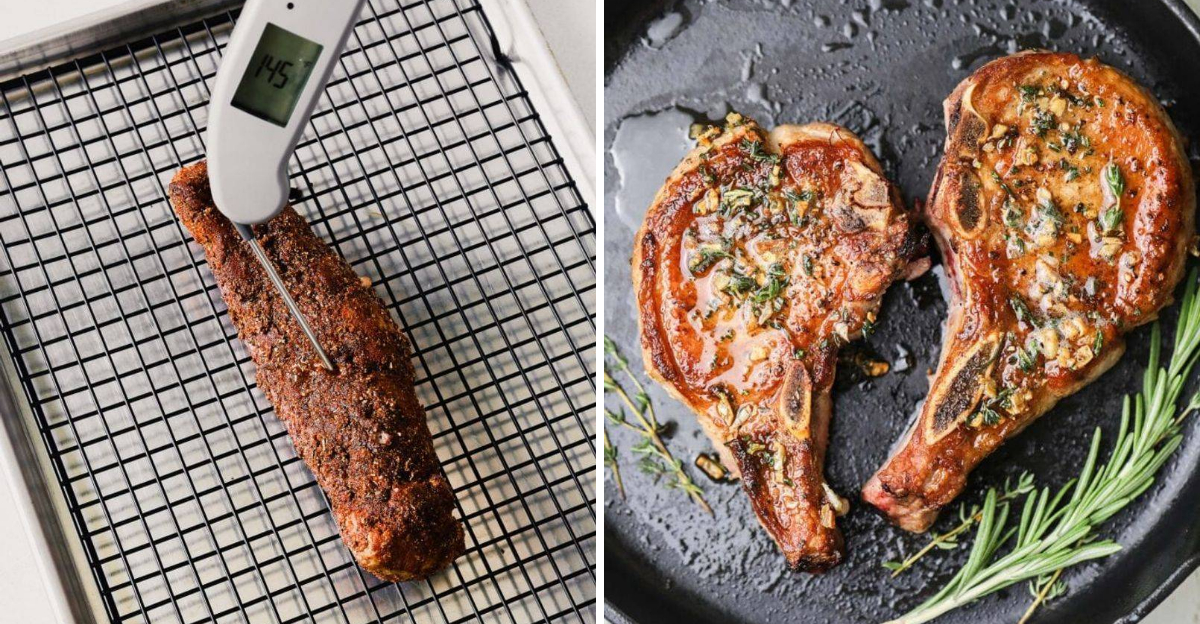
Cooking pork can be a delightful experience when done right, but it’s easy to make mistakes that lead to dry, flavorless meat. Many people still follow outdated guidelines, resulting in overcooked or improperly seasoned pork. Knowing the common pitfalls can elevate your pork dishes, ensuring they are juicy and flavorful. From understanding the right temperature to choosing the correct cut, awareness is key. Here are 10 frequent missteps to avoid when preparing pork, each with a unique insight and tip to enhance your culinary skills.
1. Overcooking It Into a Dry Brick
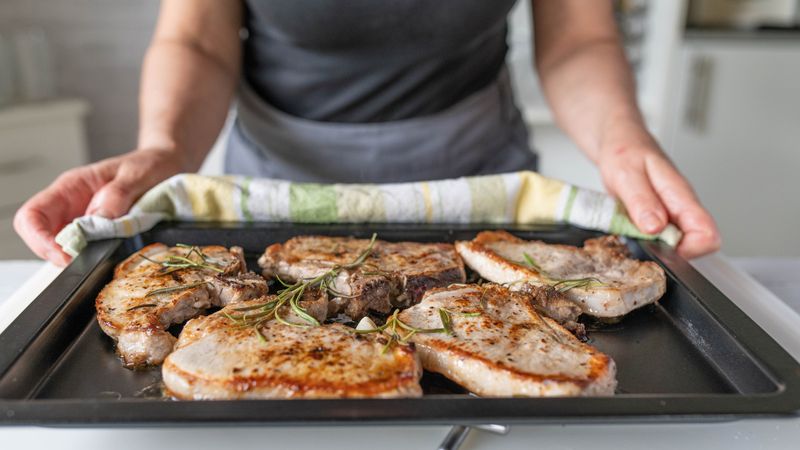
Cooking pork to a dry, flavorless state is a common mistake. Many still believe pork must be cooked until it’s pale and bone-dry. Modern guidelines, however, suggest cooking pork to 145°F with a 3-minute rest, which leaves it juicy and slightly pink. Overcooking not only dries out the meat but also diminishes its natural flavors. A meat thermometer is essential to achieving the perfect texture. Imagine biting into a juicy pork chop instead of a dry brick. Embrace the new standard, and enjoy pork that’s both safe and delicious.
2. Skipping the Thermometer
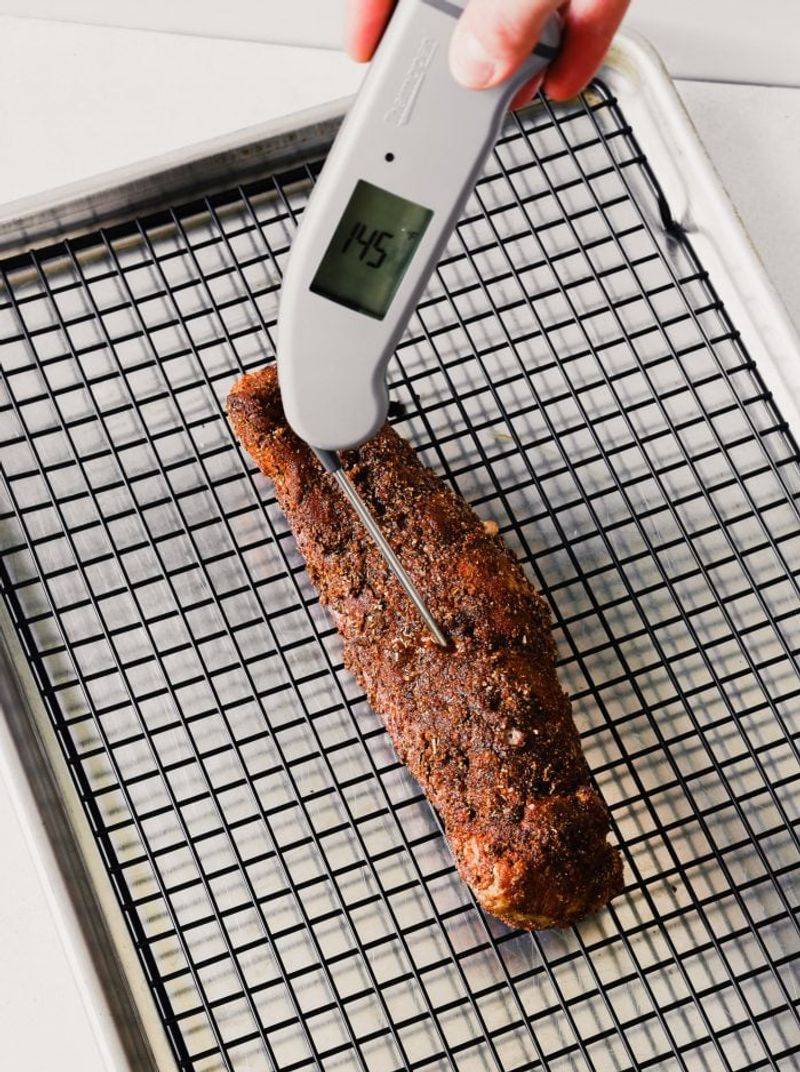
Guessing the doneness of pork by “feel” often leads to disappointment. Using a meat thermometer is a game-changer, especially for roasts and chops. It provides accuracy and confidence in cooking pork to the right temperature. Without it, you risk serving undercooked or overcooked meat. Consider it your culinary ally in the kitchen. This tool ensures you achieve the perfect balance of flavor and safety. With each use, you’ll gain more understanding of how to prepare pork that meets both taste and health standards. Invest in this simple gadget, and elevate your cooking.
3. Not Letting It Rest After Cooking
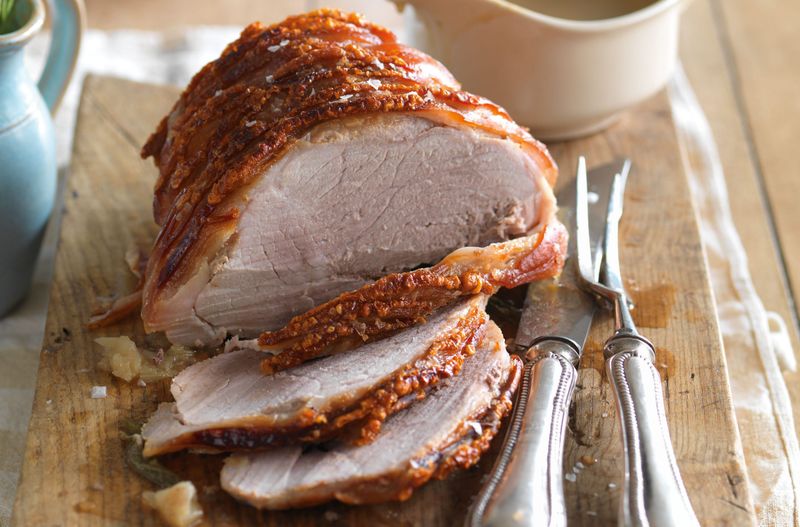
Patience truly pays off when cooking pork. Cutting into it too soon allows all those flavorful juices to escape onto the cutting board. Resting the pork for at least 5 to 10 minutes ensures that it retains moisture and flavor. It’s a simple step that often gets overlooked in the rush to serve. By allowing the meat to rest, you preserve its tenderness and enhance the overall dining experience. This pause is crucial, turning a good dish into a great one. Remember, a few extra minutes can make all the difference.
4. Using the Wrong Cut for the Job
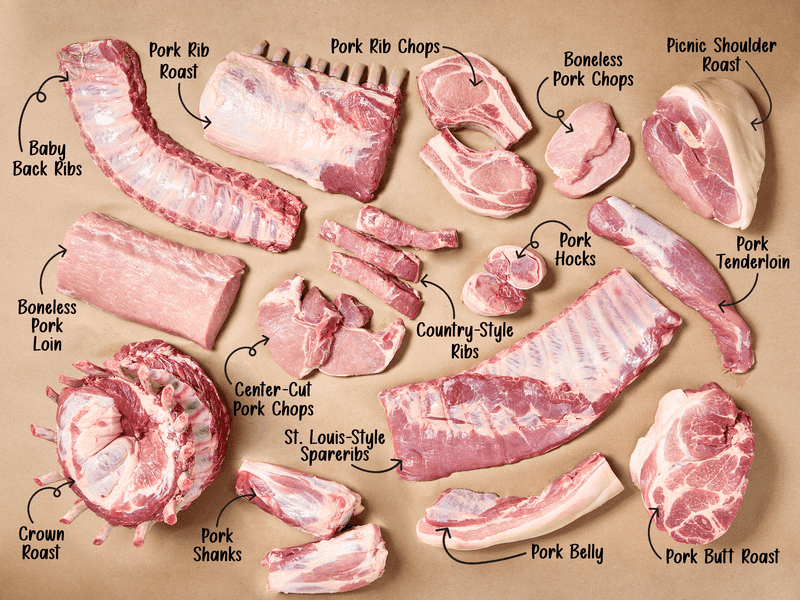
Understanding pork cuts can transform your cooking. Different cuts require specific cooking methods, and using the wrong one can lead to disappointing results. Tenderloin needs a quick sear or roast, while shoulder, also known as pork butt, thrives with long, slow cooking. Knowing your cut and treating it accordingly is essential for success. This knowledge not only improves the texture but also enhances the flavor of the dish. Tailoring your approach to each cut allows you to unlock the full potential of the meat. It’s an art worth mastering for any home cook.
5. Not Seasoning Enough
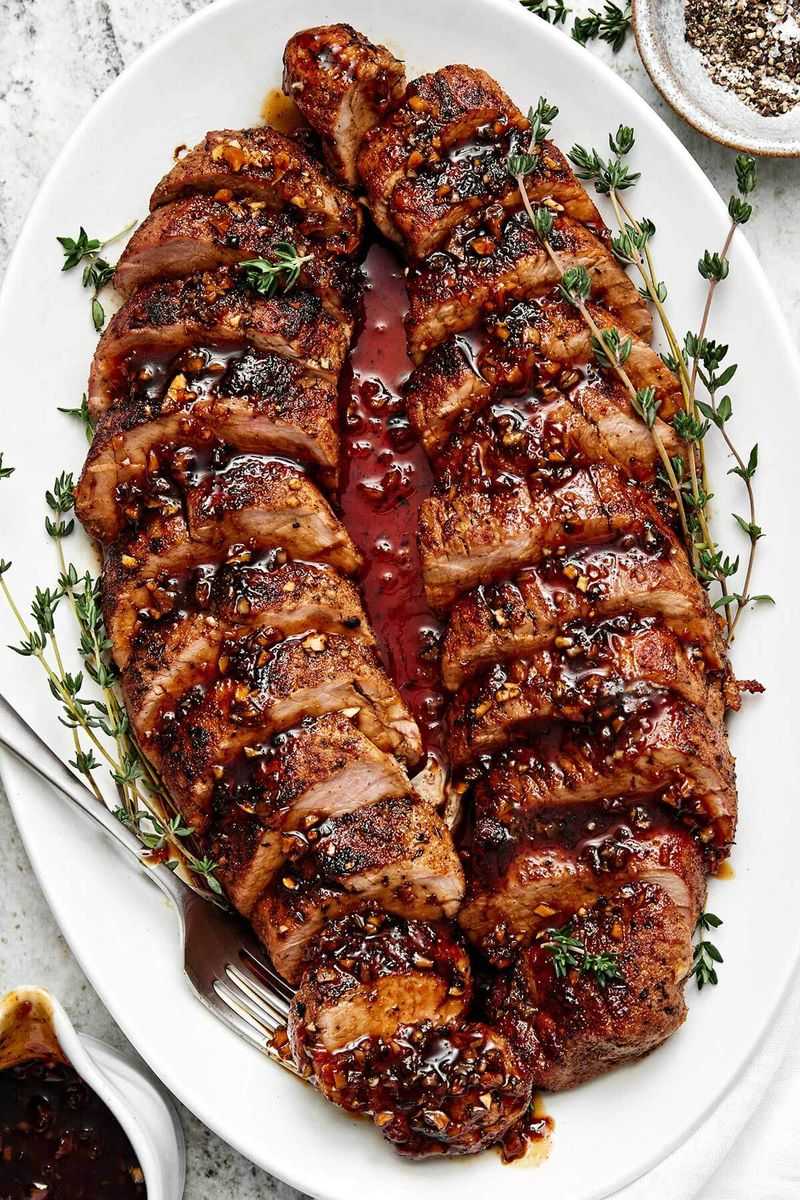
Pork’s mild flavor profile makes seasoning crucial. Many cooks underestimate the importance of salt, herbs, garlic, or spices. A well-seasoned pork dish is a revelation, offering layered flavors and unforgettable taste. Marinades can work wonders, but they need time to infuse the meat fully. Experimenting with seasonings can transform a bland meal into a culinary delight. Don’t shy away from bold flavors; embrace them to enhance the pork’s natural qualities. Seasoning is not just an addition but an integral part of cooking. Explore and enjoy the endless possibilities.
6. Cooking It Straight From the Fridge
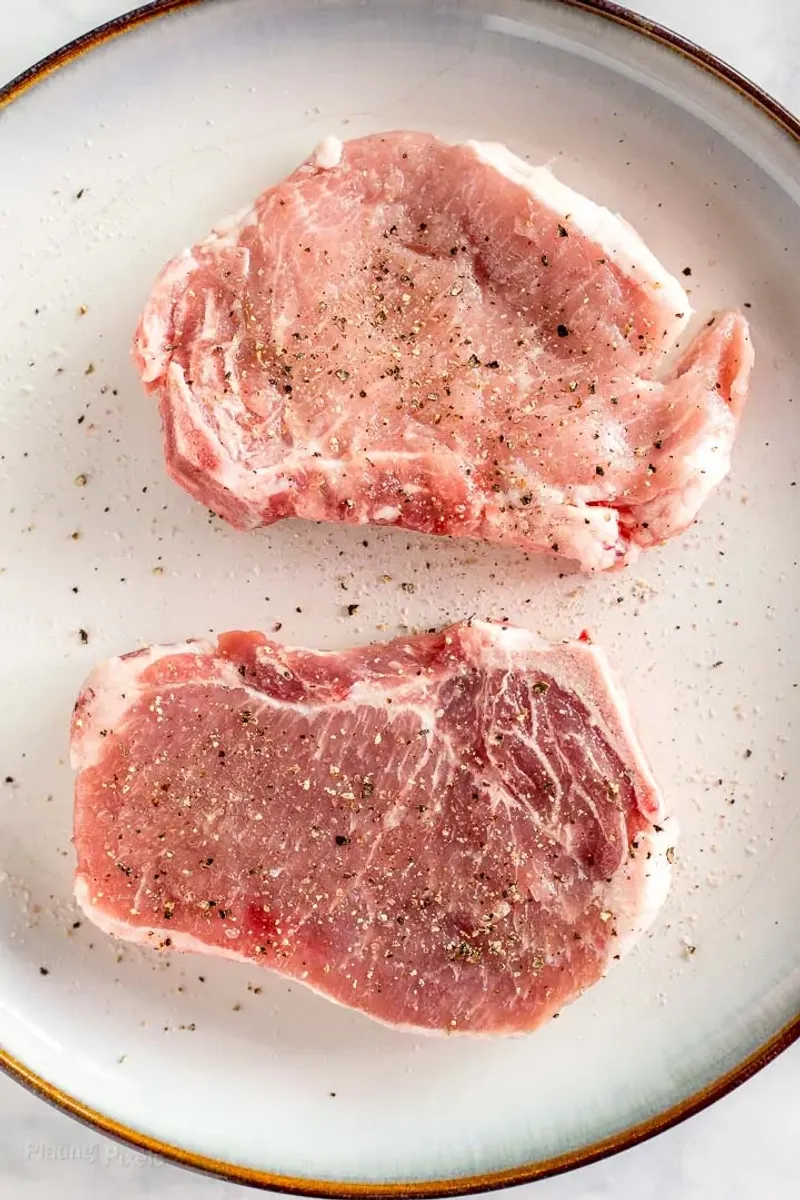
Cold pork straight from the fridge can lead to uneven cooking. Allowing it to sit at room temperature for 15 to 20 minutes ensures even results. This small step can make a significant difference in texture and flavor. Cooking meat that’s too cold might result in an undercooked center and overcooked edges. Balancing the temperature before cooking promotes even heat distribution, leading to a perfectly cooked piece of pork. It’s a simple technique that enhances the overall quality of your dish. Remember, a little patience yields satisfying results.
7. Skipping the Sear
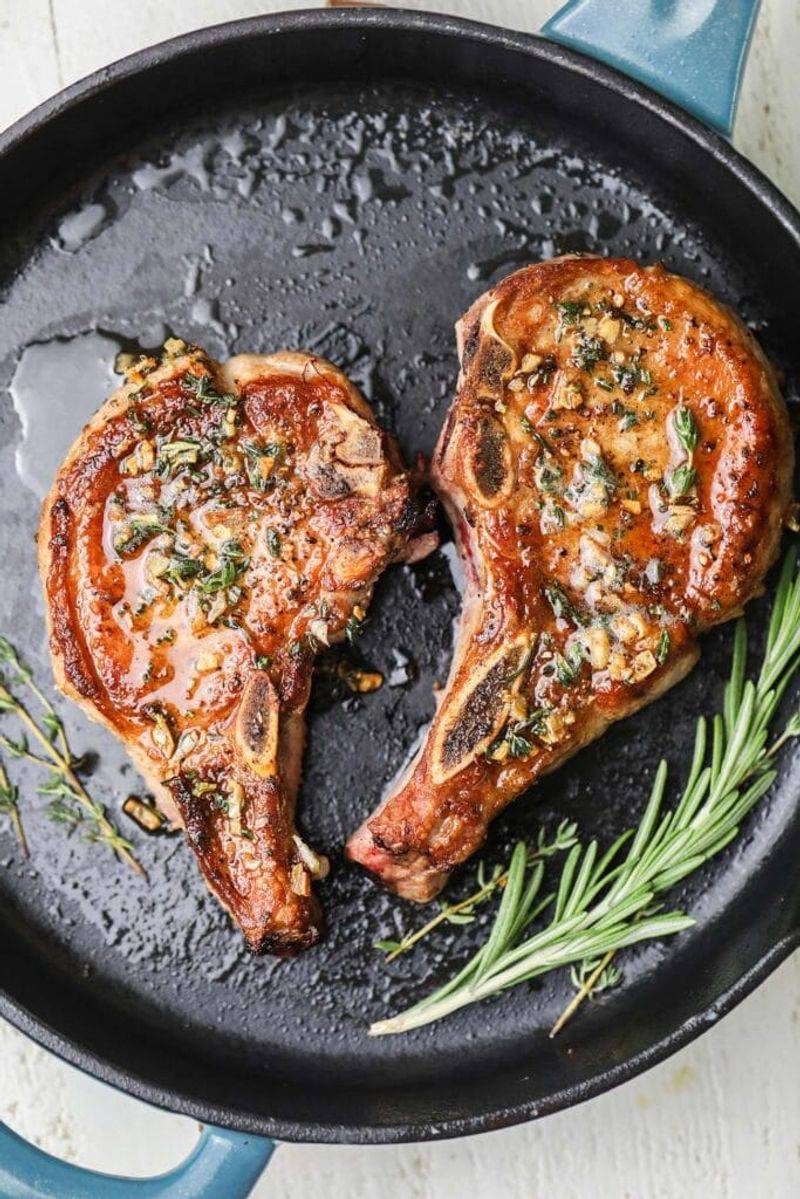
Searing pork adds flavor beyond measure. Whether it’s chops, tenderloin, or a roast, getting a good sear is essential. It builds flavor through caramelization, creating a rich, tasty crust. Skipping this step means missing out on depth and complexity in your dish. Searing is not just about appearance; it’s about enhancing the pork’s natural goodness. This technique provides a delightful contrast between the crust and the juicy interior. Embrace the sizzle and transform your pork dishes with this essential cooking step. It’s a culinary secret worth mastering.
8. Boiling Ribs Instead of Low-and-Slow Cooking
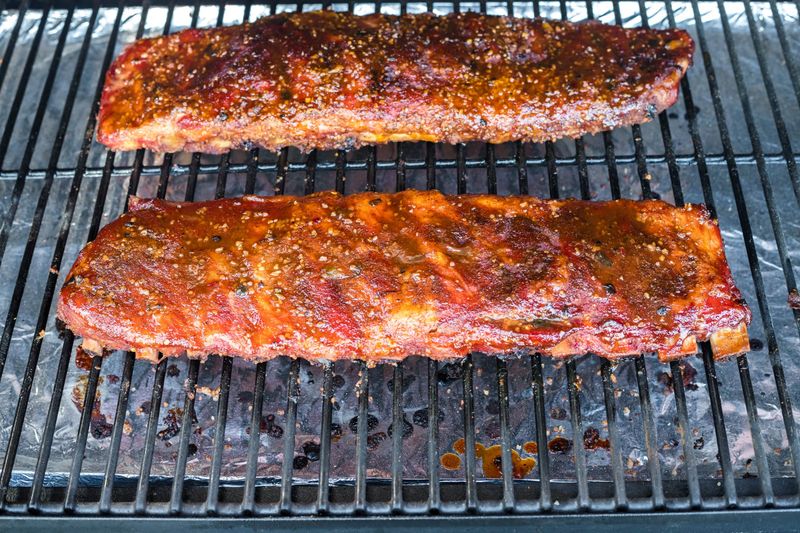
Boiling ribs may seem like an easy shortcut, but it drains the meat of its natural flavor. For truly tender ribs that fall off the bone, low-and-slow cooking is key. Whether you choose a smoker or an oven, patience is rewarded with rich, smoky taste. The slow process allows the flavors to penetrate deeply, creating a mouthwatering experience. Ribs deserve special care and attention, and the results are worth the wait. Forget boiling; embrace the art of slow cooking for ribs that are both tender and packed with flavor.
9. Using Lean Cuts Without Adding Fat
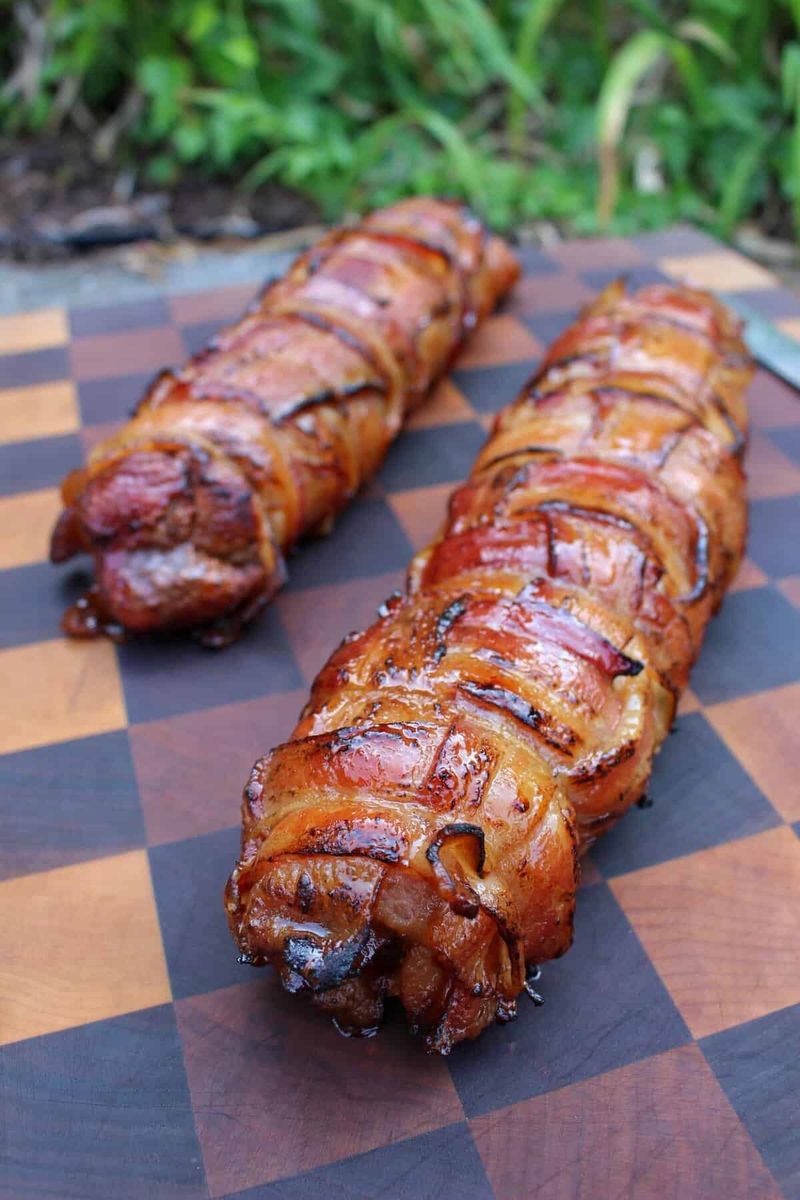
Lean cuts like loin or tenderloin can dry out quickly if not handled properly. Adding fat through cooking oils, bacon wrap, or moist-heat methods like braising keeps them juicy. These techniques prevent dryness and enhance flavor, resulting in a succulent dish. Cooking lean pork requires a delicate balance between moisture and heat. By incorporating fat, you elevate the texture and taste, making each bite enjoyable. Lean doesn’t have to mean dry or bland; it can be a delicious choice with the right approach. Explore creative ways to enrich your pork dishes with fat.
10. Not Trimming the Silver Skin
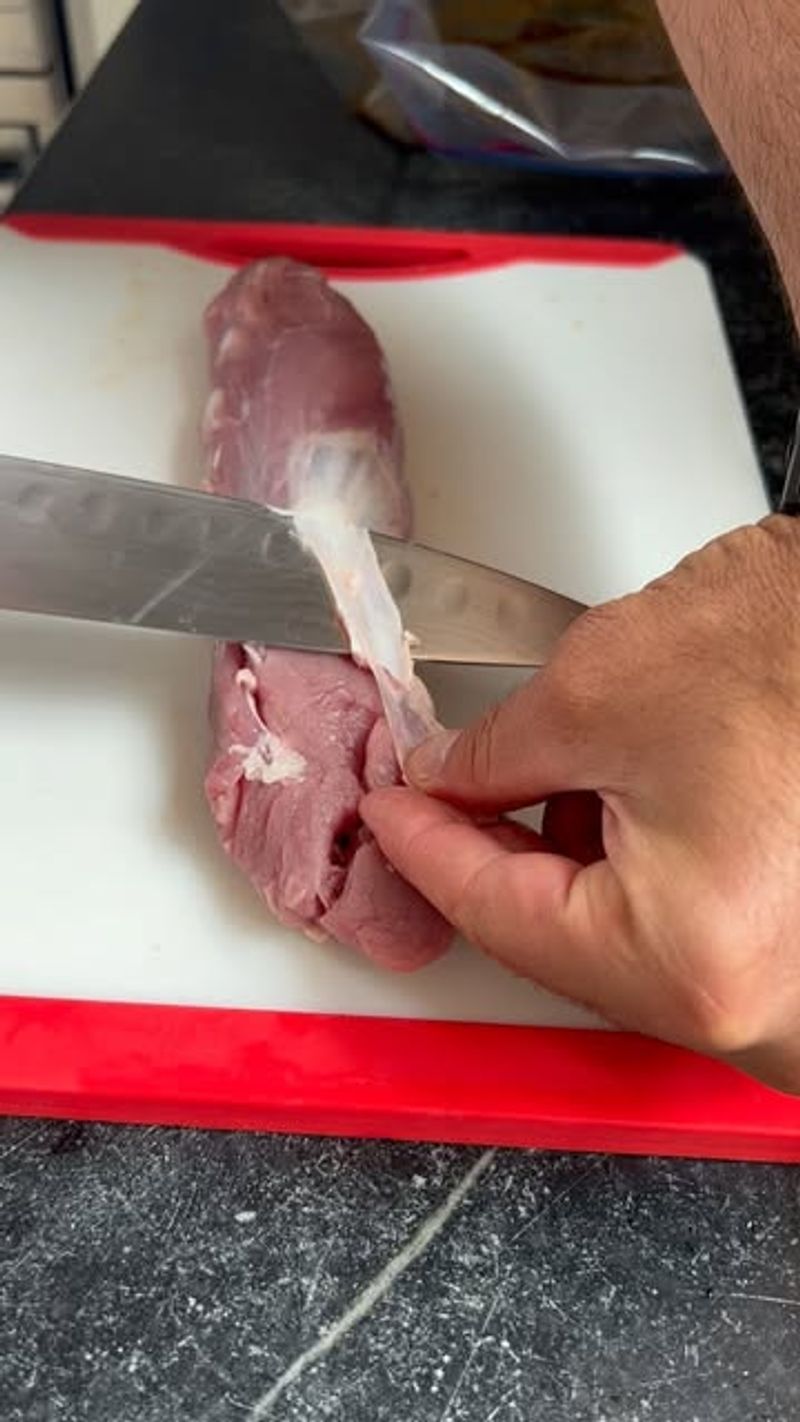
On cuts like tenderloin, there’s often a thin, silvery membrane that stays tough no matter how long you cook it. Trimming off the silver skin before cooking results in a better texture and more enjoyable eating experience. This membrane is chewy and unappealing, detracting from the overall dish. Removing it requires a sharp knife and a bit of patience. The effort pays off in tenderness and flavor. It’s a simple yet effective way to elevate your pork preparation. Don’t overlook this step; it can transform the texture and make your meal truly satisfying.
